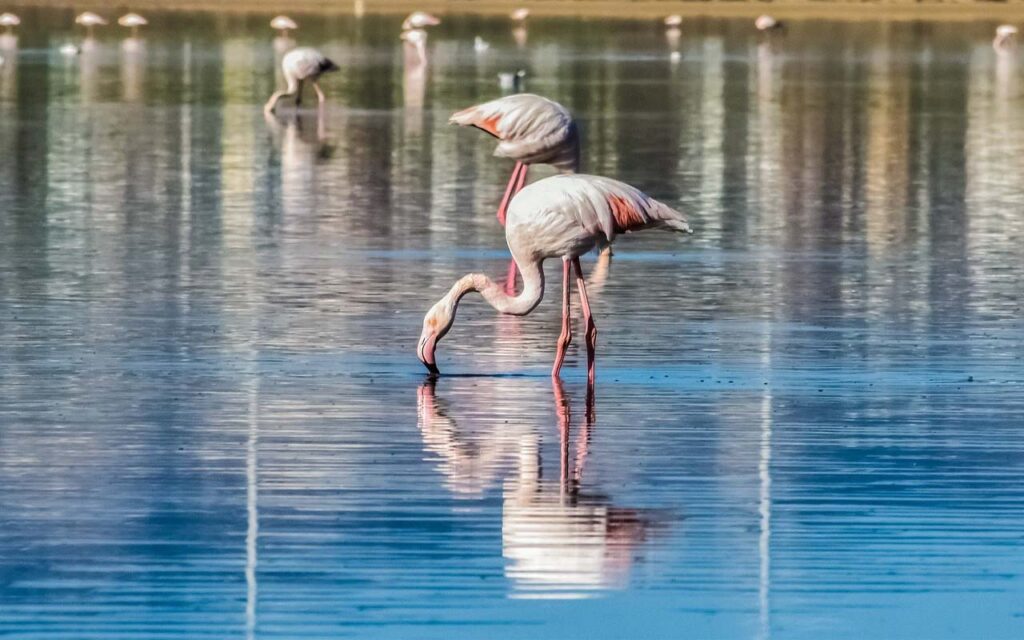Turisti iz cijelog svijeta dolaze da vide prirodne ljepote Crne Gore. Toliko prirodnog bogatstva i raznolikosti na malom prostoru nema ni jedna država na svijetu kao Crna Gora.
Ovdje ćemo navesti samo neke interesantne činjenice o Crnoj Gori:
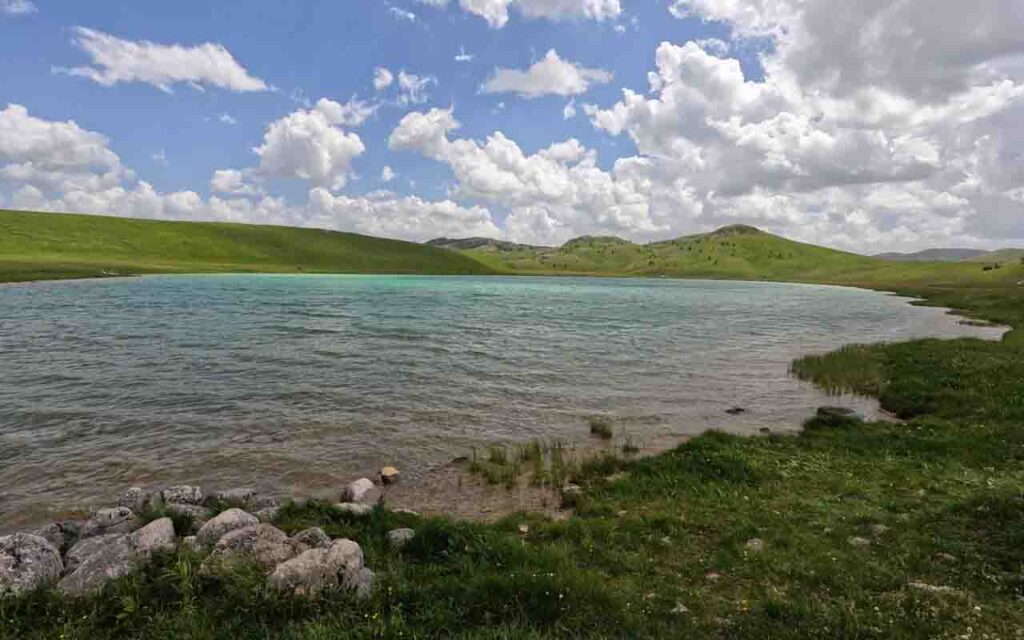
Crna Gora zauzima 0,01% ukupne površine svjetskog kopna. Na njenoj teritoriji nalazi se 1,2% ukupne svjetske flore. Među njima veliki je broj endema, 20 od 220, koliko ih je na Balkanskom poluostrvu i Dinaridima.
Na teritoriji Crne Gore, procentualno u odnosu na Evropu, živi 70% vrsta sisara, 75% vrsta ptica, 50% vrsta slatkovodnih riba. Takođe, 79% vrsta morskih riba, 30% vrsta biljaka, kao i značajan broj reliktnih i endemičnih vrsta.
Crna Gora se nalazi na jednom od četiri najznačajnija koridora za ptice u Evropi. Preko Jadranskog migratornog koridora (Adriatic Flyway) milioni ptica svake godine sele ka Africi i obratno.
U Crnoj Gori je od 533 evropske vrste ptica, registrovano 352 vrste ili više od 65% ukupne ornitofaune Evrope.
69.4% teritorije Crne Gore su šume.
Na prostoru Crne Gore ima preko 3 600 biljnih vrsta.
Crna Gora ima 5 nacionalih parkova: NP Durmitor, NP Biogradska gora, NP Lovćen, NP Skadarsko jezero i NP Prokletije.
Prostori nacionalnih parkova zauzimaju 7,7% teritorije Crne Gore.
Crna Gora ima 250 planinskih vrhova preko 2000 mnv.
Najvisočiji vrhovi u Crnoj Gori su Kolac (Maja Kolata) 2534 mnv i Maja Rosit (2524 mnv) u NP Prokletije i Bobotov Kuk (2523 mnv) u NP Durmitor.
Nacionalni park Durmitor sa kanjonom rijeke Tare, od 1980. godine, nalazi na UNESCO-voj Listi svjetske prirodne baštine.
Kanjon Tare je dugačak 60 km. Najdublji je kanjon u Evropi (1.333 metara), a posle Kolorada (SAD) i u svijetu. Prosječna dubina je 1.073 m, a najveća 1.333 m.

Zemlja voda, šuma i prirodnih kontrasta
Crkvice, mjesto u selu Krivošije, u zaleđu Herceg Novog odnosno Boke, je mjesto u Crnoj Gori sa najviše padavina u Evropi tokom godine.
Nacionalni park Skadarsko jezero, površine 475 km², poznat je po jedinstvenoj flori i fauni: 282 vrste ptica i 38 vrste riba. Pored toga, ovde možete videti “kudravog pelikana” – jedina vrsta preživjelih pelikana u čitavoj Evropi.
Skadarsko jezero je najveće jezero na Balkanu. Samo jezero je kriptodepresija, što znači da se neki djelovi njegovog dna nalaze ispod nivoa mora.
Dno korita rijeke Bojane je, prije njenog uliva u more, na dva metra ispod nivoa mora, ponegdje i do pet metara ispod nivoa mora. Dno njenog korita, počev od ušća, nalazi se ispod nivoa mora na cijeloj dužini od 36 km uzvodno.
U Nacionalnom parku Biogradska gora se nalazi jedna od tri preostale prašume u Evropi sa stablima starim preko 400 godina.
Stara borova šuma – Crna poda je rezervat prirode koji je karakterističan po stablima crnog bora, visine do 50m koji odolijevaju vremenu punih 450 godina.
U Crnoj Gori se nalazi i najstarije maslinovo stablo na svijetu – barska maslina koja je stara preko 2000 godina.
U Baru ima više od 100. 000 stabala maslina starjih od 1000 godina.
U Crnoj Gori se nalazi najduža plaža na Jadranu – Velika plaža u Ulcinju čija je dužina 12 km i odlikuje se sitnim pijeskom.
Kanjon Nevidio je najneprohodniji kanjon u Evropi. Prvi put su ljudi prosli kroz njega 1965. godine.
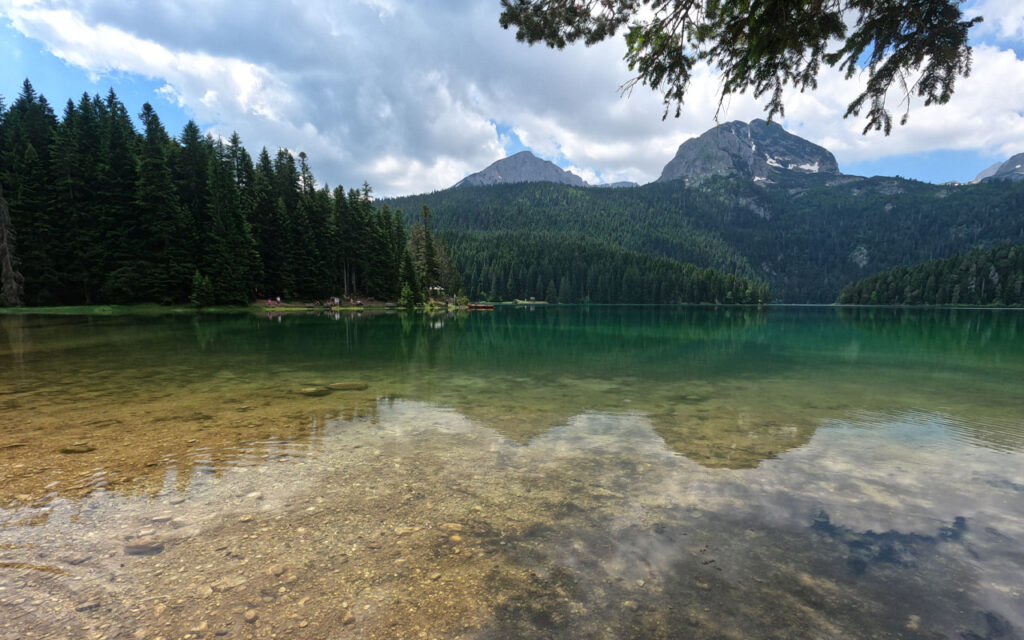
Interesting facts about nature in Montenegro
Tourists from all over the world come to see the natural beauties of Montenegro. No other country has so much natural wealth and diversity in a small area as Montenegro. Here are just some interesting facts about Montenegro:
Montenegro occupies 0.01% of the total land area. There is 1.2% of the total world flora on its territory. Among them, a large number of endemics are 20 out of 220, as many as there are on the Balkan Peninsula and the Dinarides.
In the territory of Montenegro, in percentage in relation to Europe, live 70% of mammal species, 75% of bird species, 50% of freshwater fish species. Also, 79% of marine fish species, 30% of plant species, as well as a significant number of relict and endemic species.
Montenegro is located on one of the four most important bird corridors in Europe – the Adriatic Flyway. Millions of birds move through Montenegro to Africa every year and vice versa.
Out of 533 European bird species, 352 species or more than 65% of the total European birds have been registered in Montenegro.
69.4% of Montenegro’s territory is forests.
There are more than 3.600 plant species in Montenegro.
Montenegro has 5 national parks: Durmitor, Biogradska gora, Lovcen, Skadar Lake and Prokletije.
National parks cover 7.7% of the territory of Montenegro.
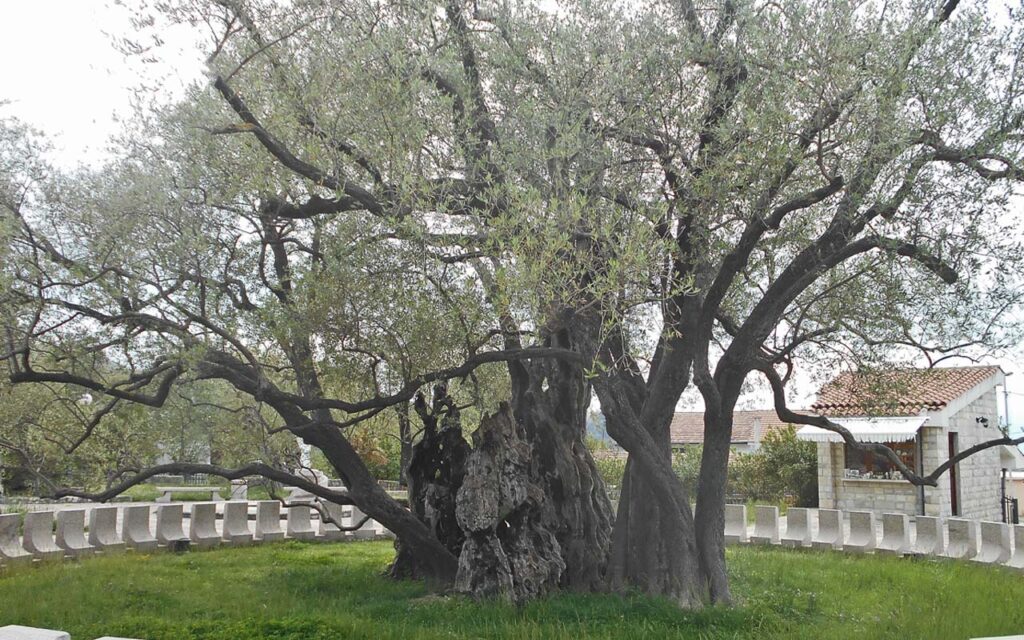
Country of water, forest and natural contrasts
Montenegro has 250 peaks higher than 2000 meters above sea level.
In addition, the highest peaks in Montenegro are Kolac (Maja Kolata, 2534 m above sea level) and Maja Rosit (2524 m above sea level) in NP Prokletije. Then, Bobotov Kuk (2523 m above sea level) in NP Durmitor.
Durmitor National Park with the canyon of the Tara River, since 1980, is on the UNESCO World Natural Heritage List.
Tara Canyon is 60 km long. It is the deepest canyon in Europe (1,333 meters), and after Colorado (USA) the deepest canyon in the world. The average depth is 1,073 m, and the maximum 1,333 m.
Crkvice, close to the Herceg Novi, is the place in Montenegro with the most precipitation in Europe during the year.
Skadar Lake National Park, with an area of 475 km², is known for its unique flora and fauna. 282 species of birds and 38 species of fish. In addition, here you can see the “curly pelican” – the only species of surviving pelicans in all of Europe.
Moreover, Skadar Lake is the largest lake in the Balkans. The lake itself is a crypto-depression, which means that some parts of its bottom are below sea level.
The bottom of the Bojana riverbed is, before it flows into the sea, two meters below sea level, in some places up to five meters below sea level. The bottom of its bed is below sea level for the entire length of 36 km upstream.
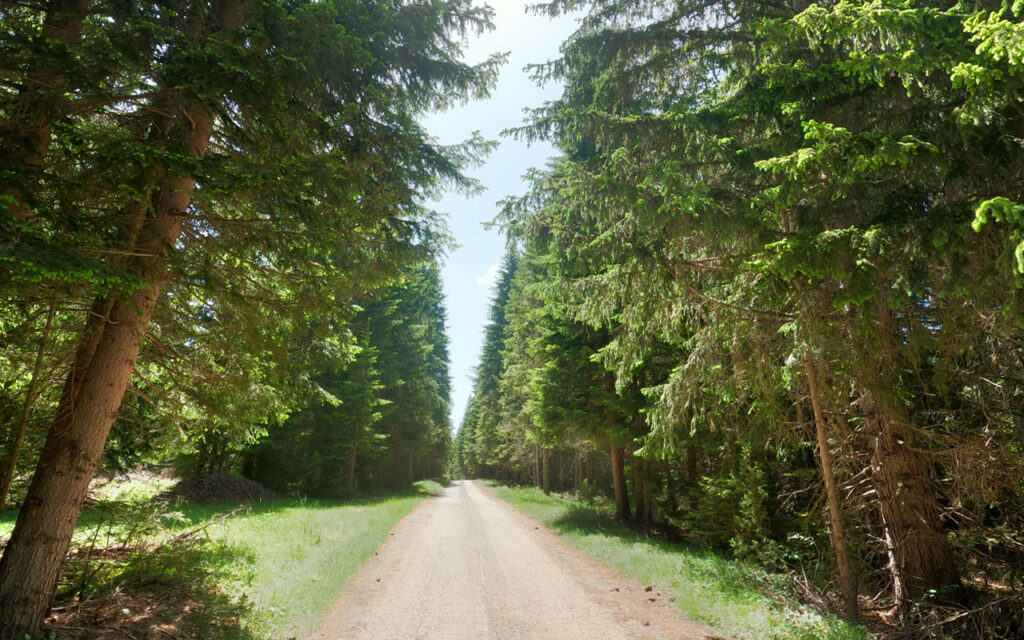
Wonderland
Old pine forest – endemic Black pines is a nature reserve characterized by black pine trees, up to 50m high and 450 years old.
Biograd rainforest with trees over 400 years old is one of the three preserved rainforests in Europe.
Montenegro also has the oldest olive tree in the world, which is over 2000 years old.
Furthermore, there are more than 100.000 olive trees over 1000 years old in Bar.
In Montenegro there is the longest beach on the Adriatic – Velika plaza in Ulcinj. It is 12 km long and it is characterized by fine sand.
Nevidio Canyon is the most impassable canyon in Europe. The first time people went through it was in 1965.
In conclusion, there are many must-visit attractions in Montenegro.
